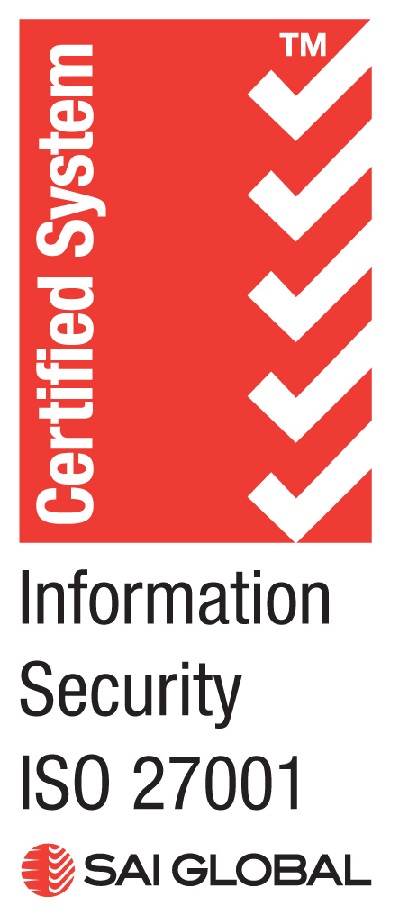Hybrid IT: Introducing A Yes Culture
Someone in your organisation has a great idea. Operations can figure out a way to work with it, marketing are confident that if is first to market, it’s going to be the best thing since the wheel was invented… but then there’s a snag. IT works in the real world, where things take time. Or do they?
In all types of industries, businesses have to be more agile than ever, ready to adapt to disrupted markets and respond to fast-evolving competition. This increases pressure to build IT environments to enable change, and to do it quickly.
In a traditional environment, complete with its Spaghetti Junction of complexity, such fast turnaround is near-impossible. Rather than be left flat-footed, the automatic response may be to look to cloud options – but it isn’t always that simple.
Not every workload is suited to cloud, options can be limited, one-size-fits-most and data sovereignty legislation can be a road block. We can certainly offer you ways around most of those issues, but the reality is that for most businesses, some things are better kept in-house, perhaps with the help of managed services to extend to 24/7 operation.
Hybrid IT is a best-of-both-worlds answer. It combines a flexible mix of in-house, private and public cloud. It doesn’t mean getting rid of everything you’ve built up and replacing it with a massive new purchase – but it does involve consolidating, simplifying and getting more from existing and new purchases.
As always, the questions are whether all this simplicity requires a complex journey and whether it means you’ll have to hide under your desk every time the company accountant walks past!
As is also typical, there is no simple answer that fits every situation. Promising it’ll take minutes and cost nothing would be irresponsible; we prefer to be realistic and only make promises we can keep. The truth is, it depends.
What on? Well, the environment you already have, what you want to achieve, your priorities and culture. It depends on your industry, your business direction and on where you are on that journey.
The fact is, though, that survival in the digital economy requires a digital transformation. Your infrastructure is a critical part of that path and so it must be ready for pretty much anything. If it is done as a planned process, it will end up saving you money. Leaving it late will end up costing more than just IT budget.
Hewlett Packard Enterprise, who lead the way in the hybrid space, say that organisations with the least agility are the most at risk of impact from market disruption – so readiness should be at the core. We agree.
As always, there are a few options for modernising infrastructure, with hyper convergence and composable infrastructure models getting the most attention. Your IT audit may assess the potential benefits and impacts of either technology to give you guidance. Either has potential to turn yours into an IT service model that is responsive to your organisation’s needs – so that you get to have a yes IT culture.
Want to know more about hybrid IT and how it can prepare your business for the digital economy? talk to the friendly team at CodeBlue or email info@codeblue.co.nz
Intel and the Intel logo are trademarks of Intel Corporation or its subsidiaries in the U.S. and/or other countries.
Intel ® Brought to you by HPE and Intel ®

Need more information?
Get in touch with us
